Malte Sänger
of a Traveling Bird Collector
of a Traveling Bird Collector
2023
photo book
self printed, edition of 2
(8 in x 10,5in) 64 pages
exhibition installation
photos: framed, mounted 27 in x 20 in
texts: framed, mounted 11 in x 8 in
“of a Traveling Bird Collector” fictional insights into the archive of a time traveler who sets out to immerse themselves in the historical and social time planes of the United States and Germany that have become entangled in the plumage of the 'Harz Roller', a canary bred in 19th century Germany and exported to the United States to be used as gas detectors for mining operations.
The images are accompanied by a fictional archived correspondence reflecting on time, photography and capitalist exploitation of beings and nature through time. On viewing the work, the question arises as to whether the canary itself is in dialog with the artist.
The project was carried out with a 3D printed, self designed and built large format camera.
exhibition view: Galerie Peter Sillem, 2023, Frankfurt, Germany
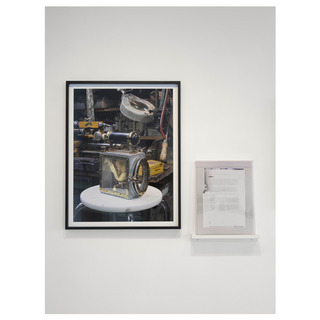




It was the physiology of the “German Rollers“ that made them much more susceptible than humans to environ-mental toxins.
If one of the canaries stopped singing in the dark shafts and fell unconscious from its cage perch, then this alarm signal saved the workers from inhaling excessive gas concentrations and enabled them to escape to safety in time.
So much for the heroic story of the bird generated in museums, publications and narratives. It is, so to speak, a curated truth. The fact that it has been curated, condensed and handed down does not make it any less true, but it reveals all too much the one-dimensionality of the narrative direction. Who is telling the story here, what (economic, ideological) interests are behind it? And what is not being told? What harsh reality has not managed to be handed down? And which ones can only be told now, more than a hundred years later.
of a Traveling Bird Collector
Rescue teams often had no choice but to bring the dozens of seemingly sleeping and intact bodies to their grieving family members on the surface. The strangely rosy cheeks of the figures brought up on stretchers suggested life where there was none. Besides the constant danger of being struck dead by collapsing coal seams in the sparsely lit shafts of coal mines, one of the most life threatening situatons for 19th and 20th century miners was the silencing of a canary‘s song.
It was odorless, invisible, deadly gases formed during underground coal mining that claimed the lives of so many workers. If the concentrations were high enough that miners actually felt physical effects, it was often too late. The rapid onset of unconsciousness was often followed by the cessation of breathing. Without realizing it, the carbon monoxide had displaced the oxygen in the workers‘ blood, ultimately signing their death sentence.
Using special german-bred canaries underground was intended to put an end to such cruel fates.








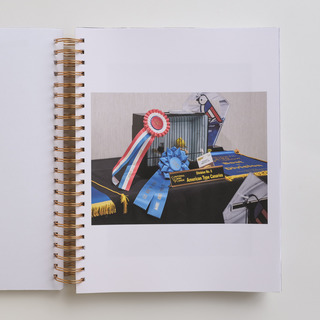








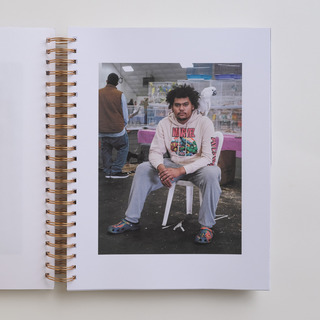


















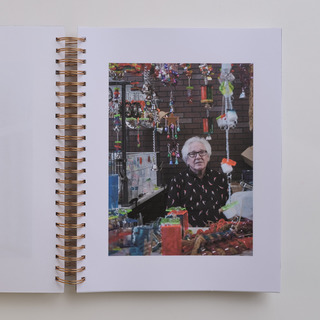
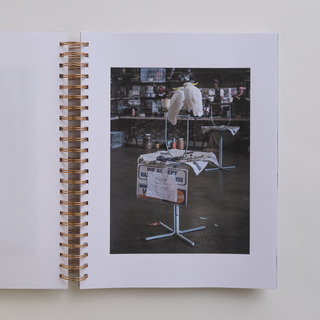





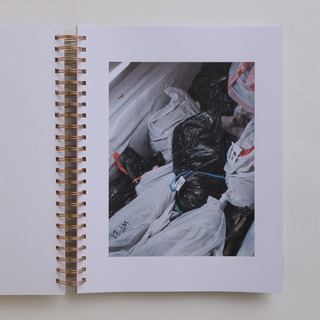













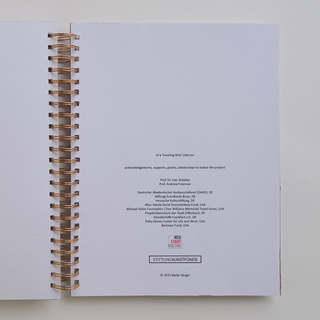

JavaScript is turned off.
Please enable JavaScript to view this site properly.